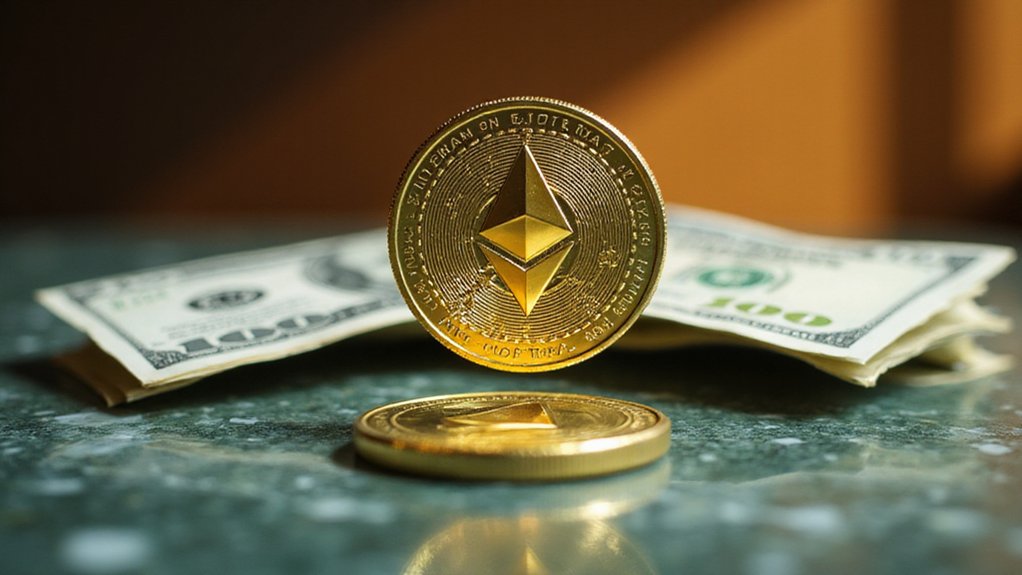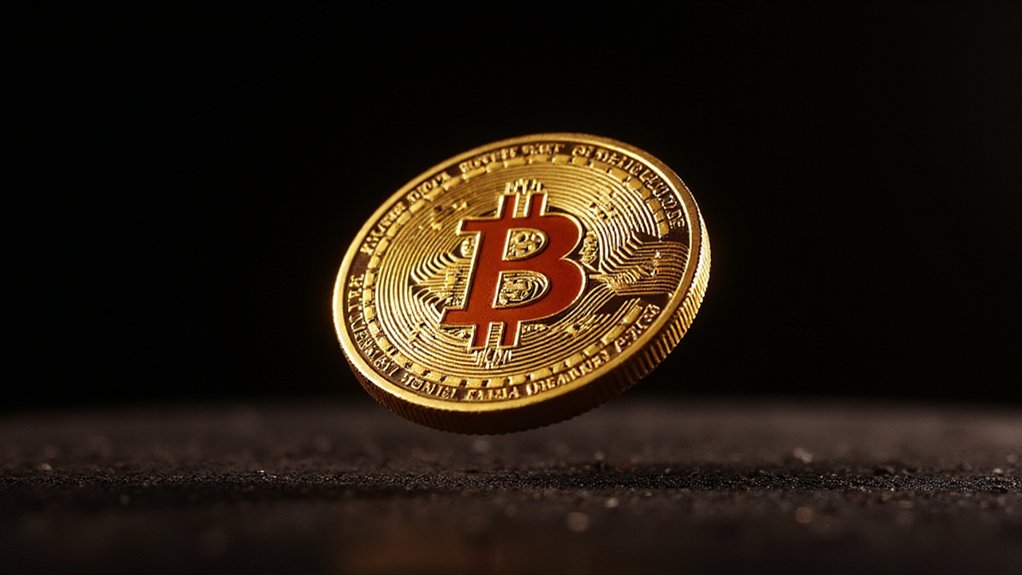While the artificial intelligence landscape has witnessed numerous incremental improvements over the past few years, OpenAI’s GPT-5 represents something altogether more significant—a fundamental architectural reimagining that consolidates multiple specialized models into a single, intelligently-routing system capable of delivering superior performance across coding, health diagnostics, visual reasoning, and scientific problem-solving.
GPT-5 transcends incremental advancement, delivering a unified architectural revolution that fundamentally reshapes AI’s capabilities across diverse specialized domains.
The metrics speak volumes: 94.6% accuracy on the AIME 2025 mathematics challenge and 74.9% on SWE-bench Verified coding assessments, while simultaneously requiring 50-80% fewer output tokens and reducing major errors by 22%.
This technological leap arrives amid a curious financial phenomenon: the proliferation of AI-themed tokens like $SUBBD, which ostensibly offer retail investors exposure to artificial intelligence’s monetization potential. These digital assets operate on the premise that GPT-5’s enhanced capabilities will catalyze widespread enterprise adoption, creating downstream value for tokens positioned within AI ecosystems. The emergence of vibe coding, where AI generates 95% of crypto code, demonstrates how artificial intelligence is already transforming software development across multiple industries.
The deployment strategy reinforces this thesis. OpenAI’s rollout to nearly 700 million weekly ChatGPT users—spanning free, Plus, Pro, Team, Enterprise, and educational tiers—suggests confidence in mass-market acceptance. Paid plans differentiate primarily through usage limits rather than feature sets, with Pro and Team subscribers gaining extended reasoning modes and integrated development tools. The platform’s impressive coding demonstration capabilities include creating applications such as a web app for learning French in minutes, showcasing the rapid development potential that attracts both developers and investors.
The democratization appears deliberate: broad API access encourages enterprise integration, potentially expanding the addressable market for AI-adjacent financial instruments. GPT-5’s architecture features a Real-Time Router that automatically analyzes request complexity to determine whether to engage the efficient gpt-5-main model or the more sophisticated gpt-5-thinking component for complex problems.
Yet the investment logic surrounding tokens like $SUBBD remains speculative. While these assets claim utility as transaction mediums, developer incentives, or governance mechanisms within AI platforms, their long-term viability hinges on actual ecosystem integration rather than mere speculative fervor.
Market performance typically correlates with announcement cycles—GPT-5’s launch being a prime catalyst—but sustainable value creation requires genuine utility beyond trading momentum.
The intersection of GPT-5’s technological prowess and tokenized AI investments presents an intriguing paradox: revolutionary capability married to speculative finance. Whether AI tokens represent prescient positioning for the next computing paradigm or elaborate betting on technological hype remains the essential question for investors contemplating exposure to this artificial intelligence wave.








